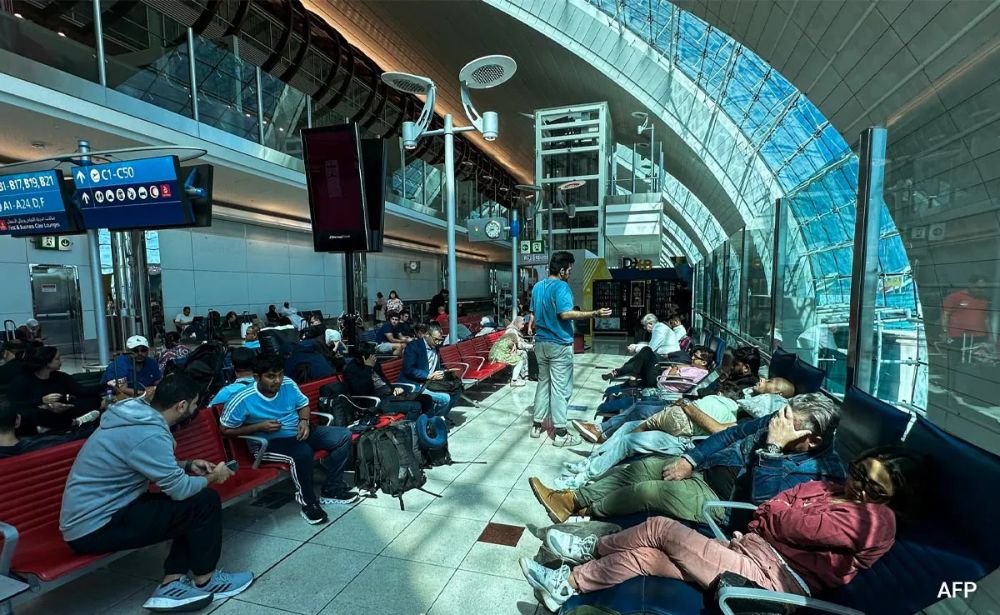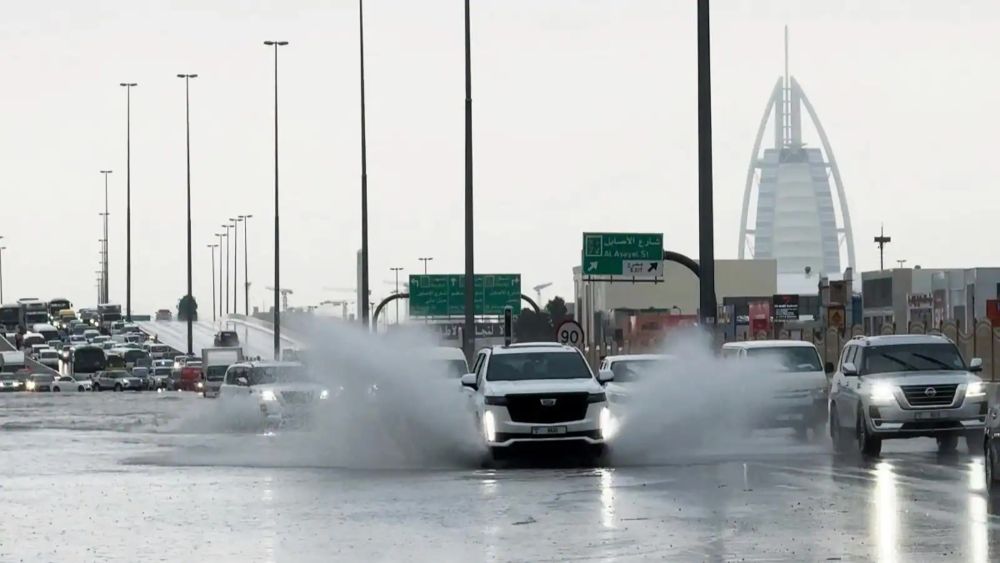Heavy rainfall swept across the United Arab Emirates, inundating streets and causing widespread flooding in Dubai, leading to a series of unprecedented measures and disruptions. Dubai’s major international airport was compelled to divert numerous incoming flights on Tuesday, April 16, due to the adverse weather conditions. Operations at Dubai International Airport came to a standstill for 25 minutes as a result of the heavy rain, affecting both arrivals and departures. Dozens of flights were either delayed or cancelled, affecting destinations including India, Pakistan, Saudi Arabia, and the United Kingdom.

The airport, which typically handles over 100 flight arrivals in the evening, witnessed a rare suspension of operations amid the storm chaos. While departure flights continued, they faced significant delays and cancellations, with access roads to the airport also experiencing severe flooding. Flydubai temporarily suspended all departing flights from Dubai until Wednesday morning due to the inclement weather conditions. The impact extended beyond the airport, with flagship shopping centers such as Dubai Mall and Mall of the Emirates suffering from flooding.

Social media platforms were inundated with updates on the aftermath of the rain, with videos depicting cars being swept away and mall ceilings collapsing. The disruption even affected the emirate’s metro system, exacerbating the challenges faced by residents and commuters. The torrential rain and subsequent flooding underscored the vulnerability of the UAE to extreme weather events, despite its arid climate. Both Oman and the UAE, having experienced devastating floods, have previously warned about the escalating risks of global warming leading to increased flooding.

The adverse weather conditions also impacted sporting events, with the Asian Champions League football semi-final between Al Ain and Al Hilal postponed for 24 hours. As Dubai grapples with the aftermath of the unprecedented rainfall, the incident serves as a stark reminder of the growing challenges posed by climate change in the region.
